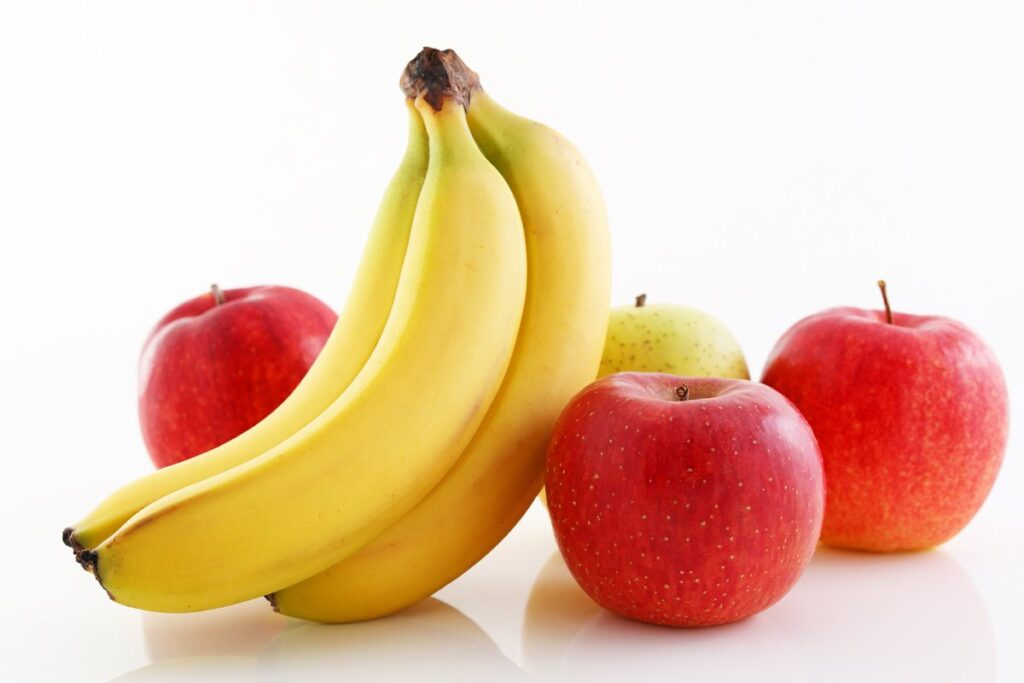Bill is in the kitchen, enjoying a moment of peace, when he decides to organize his fruits. On the countertop, he has a total of 5 apples and 5 bananas. This scenario, while simple, provides an interesting opportunity to explore some basic math concepts.
Counting the Fruits
First, let’s focus on Bill’s apples. He has 5 red, juicy apples, each waiting to be eaten. These apples are part of the family of fruits known as pome fruits. Bill can count them easily: 1, 2, 3, 4, 5 apples.
Next, Bill moves on to his bananas. He picks up 5 ripe, yellow bananas. Bananas belong to the berry family and are known for their high potassium content. Just like the apples, Bill counts: 1, 2, 3, 4, 5 bananas.
Adding Them Together
Now that Bill knows how many apples and bananas he has, he wants to find the total number of fruits. To do this, he adds the apples and bananas together:
5 apples + 5 bananas = 10 fruits in total.
So, Bill has a total of 10 fruits on his kitchen counter.
Dividing the Fruits
Bill might also want to share his fruits with friends or family. If he decides to divide the fruits evenly, he can separate the apples and bananas into smaller groups. For example, if Bill wants to share the 10 fruits equally between two people, each person would get:
10 fruits ÷ 2 people = 5 fruits per person.
This way, both individuals receive an equal portion of apples and bananas.
Conclusion
In conclusion, Bill has 5 apples and 5 bananas, making a total of 10 fruits. Whether he’s counting, adding, or dividing them, this simple scenario demonstrates how basic math can be used in everyday situations. Whether for sharing, eating, or organizing, understanding how to count and divide items is an essential skill in daily life.



